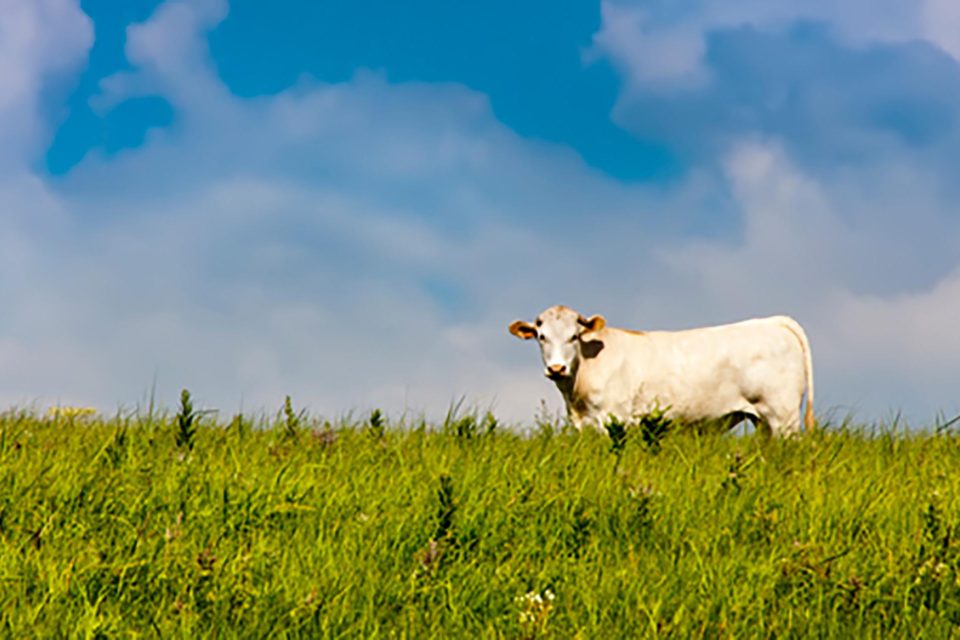Grass Fed vs Grain Fed: Know What You’re Eating ATE!
Not only do you need to know where your food comes from and who made it, you also need to know what you are eating ATE!
Why is this so important?
There are huge differences between products derived from grain-fed animals versus grass-fed animals. Avoid meat and organs coming from animals that are grain-fed or even grain-finished because many grain-fed livers are “condemned,” whereas this does not happen with grass-fed livers. Ask your meat provider or butcher about the feeding practices of their suppliers. If they don’t know, pass and purchase your meat from someone who does. Your good health is at stake!
If you restrict your meat consumptions to animals raised on pasture and fed a biologically appropriate diet, you drastically reduce the risk of contamination. But be careful. Sometimes grass-fed isn’t grass-fed to slaughter. The cattle are grass-fed most of their lives but grain-finished to fatten them up for slaughter. This is done to increase profits, as the meat is sold by the pound. However, when this occurs, it robs the meat of its potential Omega 3s and healthy nutritional values.
Grain-fed /grain-finished feedlots further introduce unhealthy Omega 6s and potentially GMOs, plus all the other nasty components contained in GMOs. And let’s not forget about the hormones and antibiotics, which are often added to the grain. That’s why it’s important to ask the butcher or meat counter clerk not only if it’s “grass-fed” but also “grass-finished?”
Reading food labels is a science of its own. I spent multiple hours teaching my clients how to read food labels. And in my book, I have an entire section dedicated on how to play Sherlock Holmes when it comes to your food.


With havin so much content do you ever run into any problems of plagorism or copyright infringement? My site has a lot of unique content I’ve either created myself or outsourced but it seems a lot of it is popping it up all over the internet without my permission. Do you know any techniques to help reduce content from being ripped off? I’d certainly appreciate it.
https://youtu.be/cVJzYxu_UKM